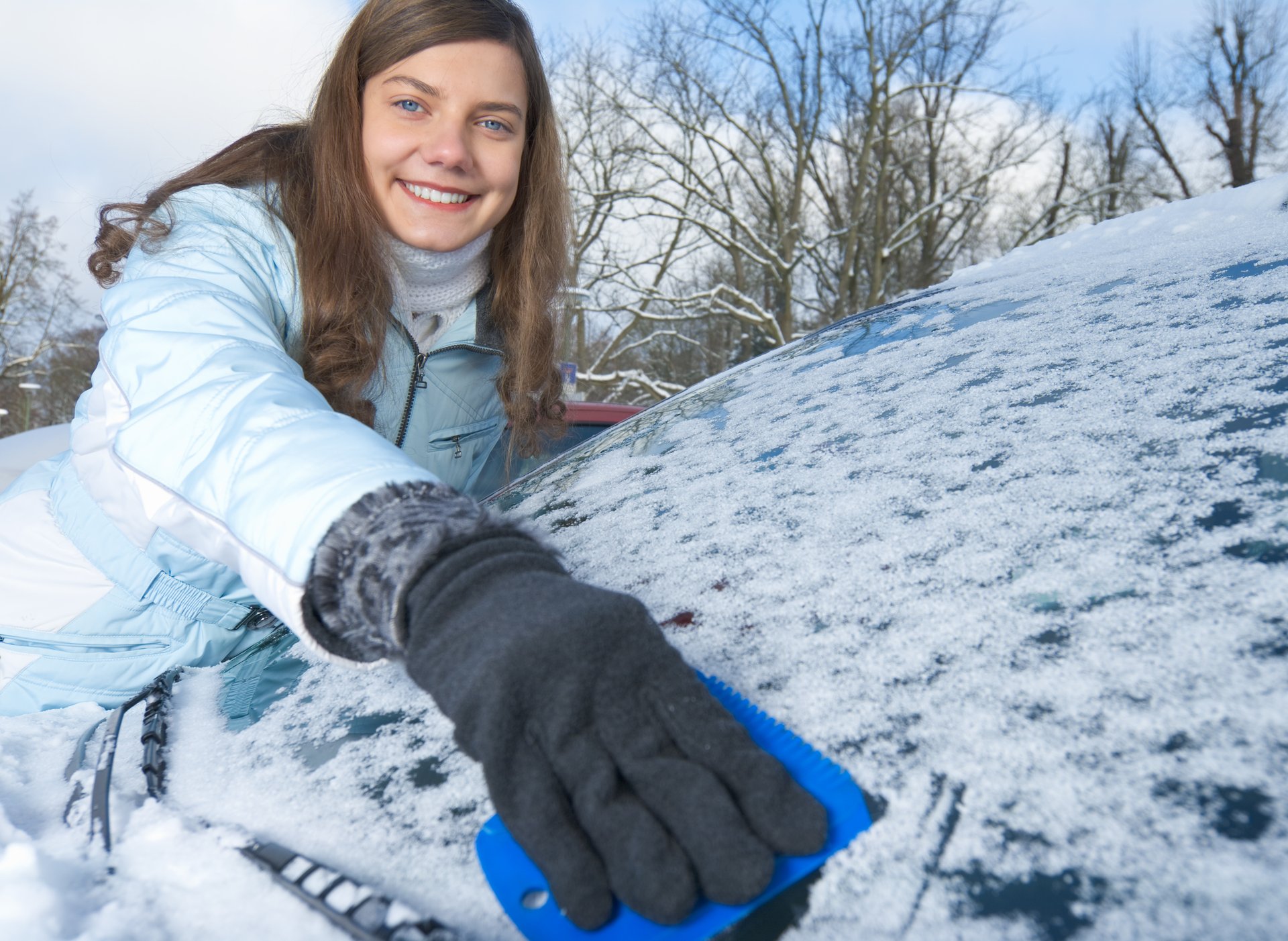
Fog, wet roads and glare can create road hazards that take even experienced drivers by surprise. Money Talks News consulted with an auto safety expert to identify some of the dangers during the season and the best ways to guard against them.
1. Beware animal magnetism

Raccoons, squirrels and other small animals seek heat under your car’s hood.
- The problem: They chew hoses, make messes and otherwise damage your engine.
- Solution: Hang netting full of mothballs under the hood of the car.
- Tip: Place it away from the windshield wiper area so the smell doesn’t permeate the car’s interior.
2. Don’t reduce your tire pressure
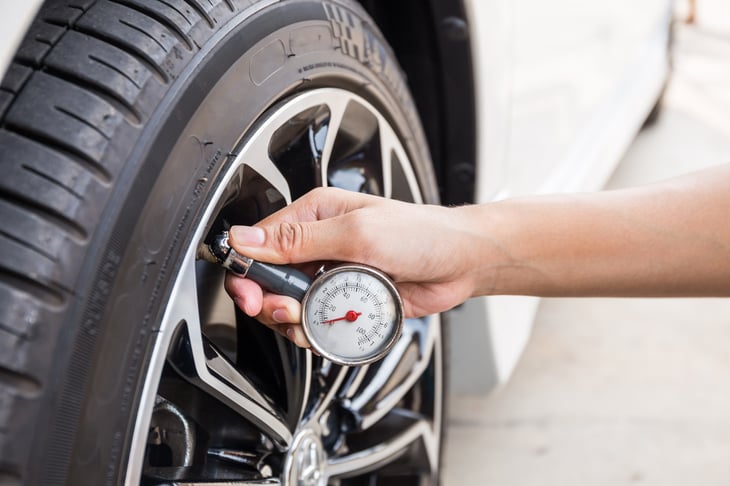
Some drivers follow the old wives’ tale advice to reduce air pressure in tires during cold weather as a means of increasing traction.
- The problem: While it might increase traction in some instances, it will cause undue tire wear when the weather warms.
- Solution: Keep tire pressure at recommended levels.
- Tip: Check your owner’s manual or the sticker on the vehicle door edge for those numbers.
3. Test battery strength
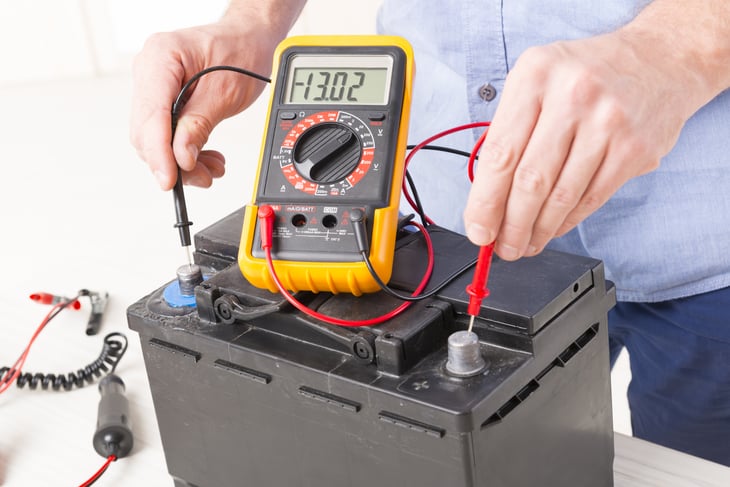
Most people don’t think about their car’s battery strength until it dies.
- The problem: Batteries always seem to die at the worst possible times.
- Solution: Take your car to an auto center, including AAA Car Care Centers, for a free battery check.
- Tip: Do this before a long road trip.
4. Invest in windshield fluid
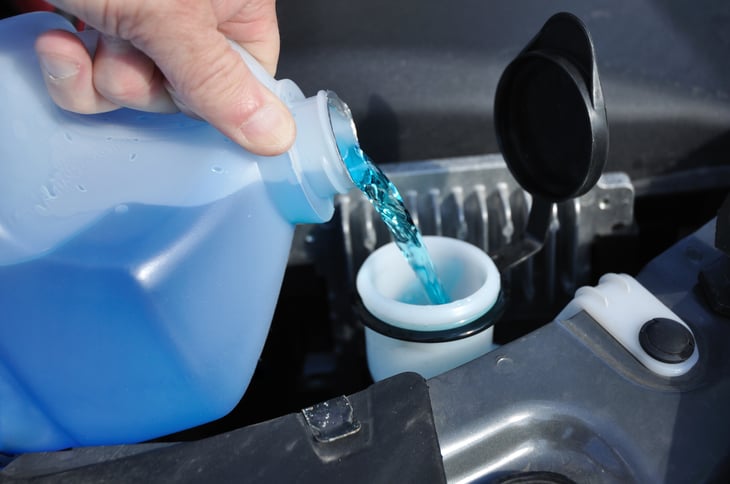
Some people try to save money by filling their windshield washer reservoirs with water.
- The problem: It doesn’t properly clean the windshield and can freeze and destroy the reservoir.
- Solution: Invest the few dollars in washer fluid.
5. Get serious about streaks
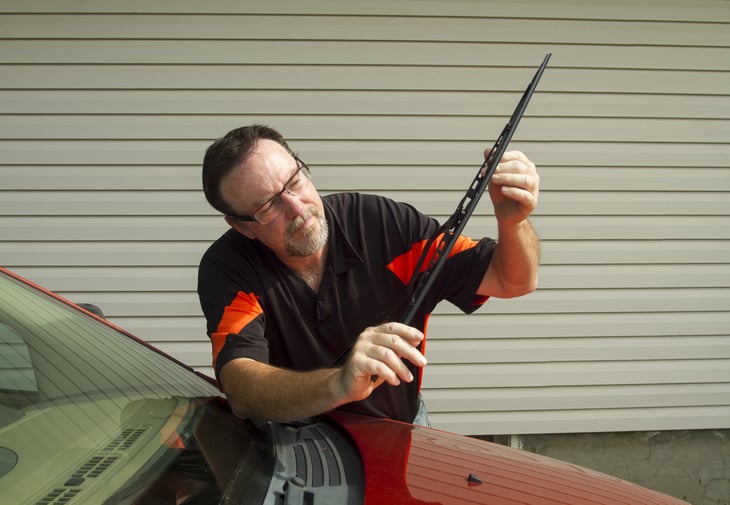
Many drivers accept wiper streaks as a normal part of life.
- The problem: The streaks impair visibility, especially at night.
- Solution: Take a clean, wet paper towel and run it down the rubber of the blades. That will remove dirt and gunk, increase the blades’ effectiveness and save you replacement costs.
- Tip: Drivers in snowy climates may want to consider snow blades, which are designed so snow doesn’t build up underneath them.
6. Don’t use hot water to melt ice
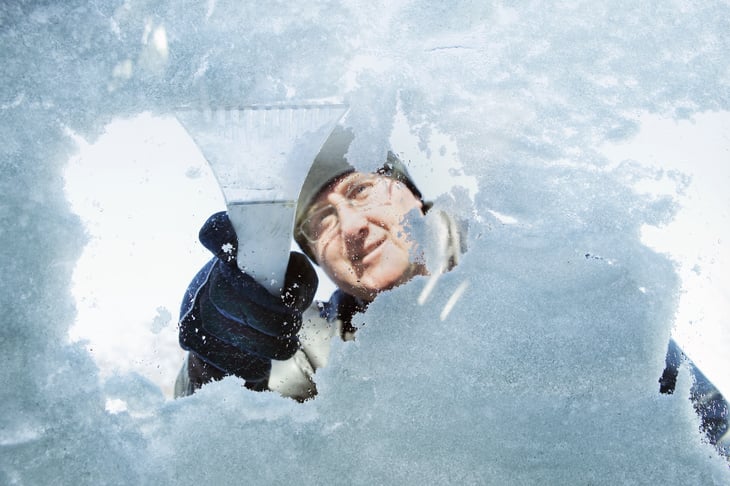
It’s common to see people dumping hot water on iced car windows.
- Problem: The hot water can crack or at least weaken the auto glass.
- Solution: Allow the car to idle for a few minutes until the car’s heat and defroster melt the ice, or until you can scrape it off.
7. Use snow scrapers for windows only
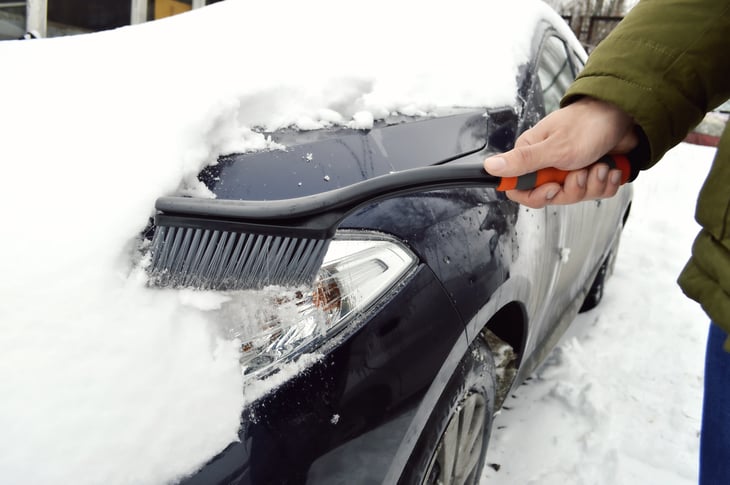
Many people scrape snow and ice off their car’s bodies.
- Problem: Chipping away at ice will scratch your car’s paint.
- Solution: Brush the snow off the car.
8. Consider a windshield cover
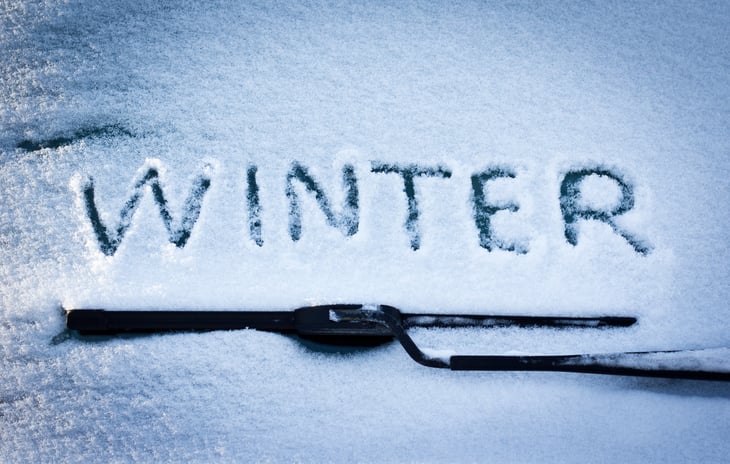
Some people, especially those who need to respond to emergencies, need to quickly remove snow and ice.
- Problem: Driving with limited vision can put you at risk.
- Solution: Windshield covers quickly remove all snow and ice.
- Tip: Don’t forget to clear your other windows.
9. Fight fog
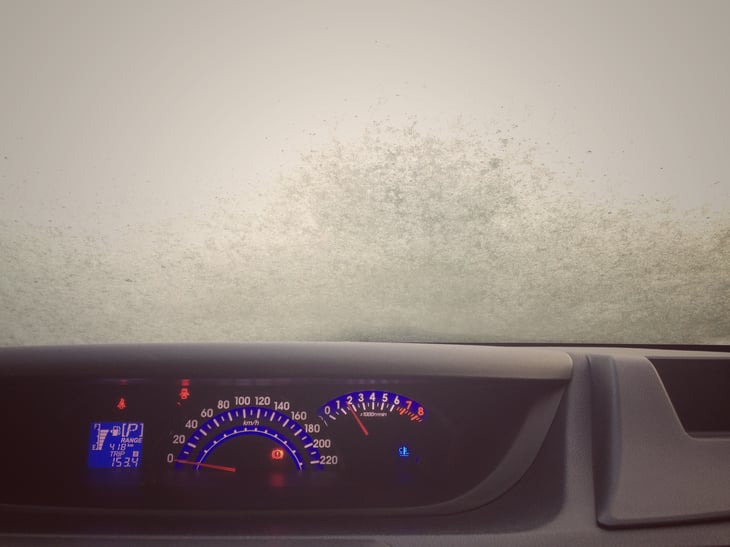
Fog on the inside of windows is tough to remove.
- Problem: Foggy windows obstruct the driver’s vision.
- Solution: Flip on your defroster and allow the car to warm up before driving.
- Tip: Anti-fog wipes are available at auto stores.
10. Install a deer whistle
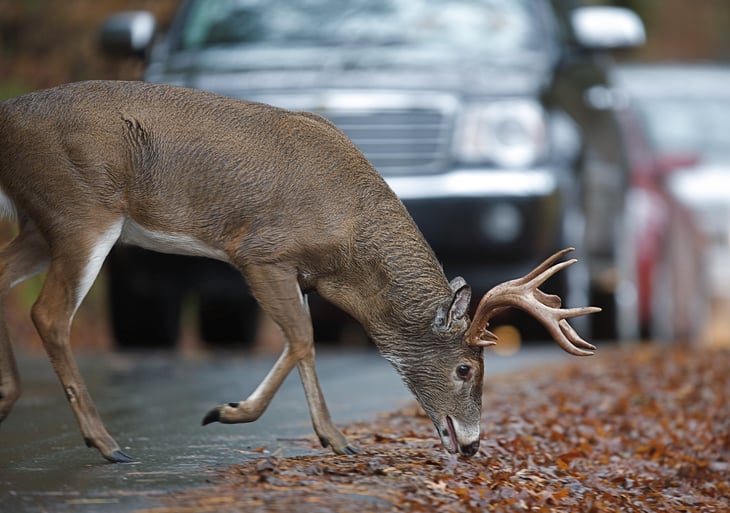
Deer-vehicle crashes generally occur from November through January in many parts of the country.
- Problem: It’s difficult to see deer in the fall, when leaves change color and dusk arrives earlier.
- Solution: Deer whistles cost less than $10. Stick a whistle to the front of the car and it will emit silent-to-humans sounds that alert deer to approaching vehicles.
- Tip: There are no studies proving their effectiveness, but many drivers swear by them.
11. Keep your visor uncluttered
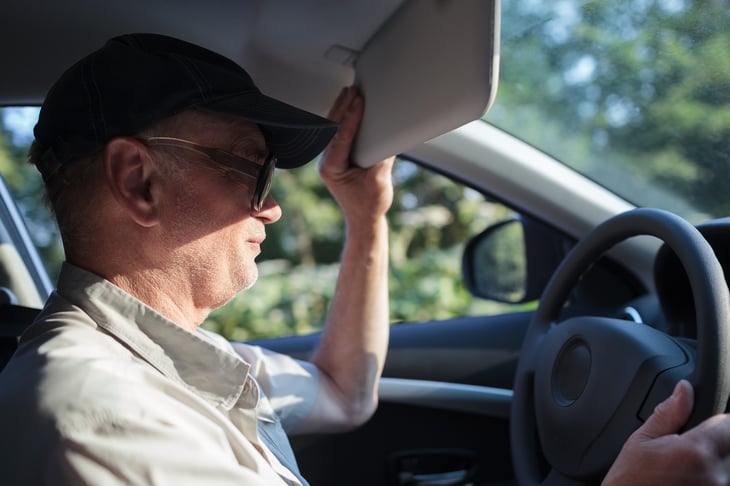
Glare seems especially harsh in fall mornings and evenings. Unfortunately, many people stuff papers and CDs in the windshield visors designed to help drivers block the sun.
- Problem: The items fall out when you pull down the visor, creating a distraction that could lead to an accident.
- Solution: Find other spots for those items.
12. Skip the sandbags
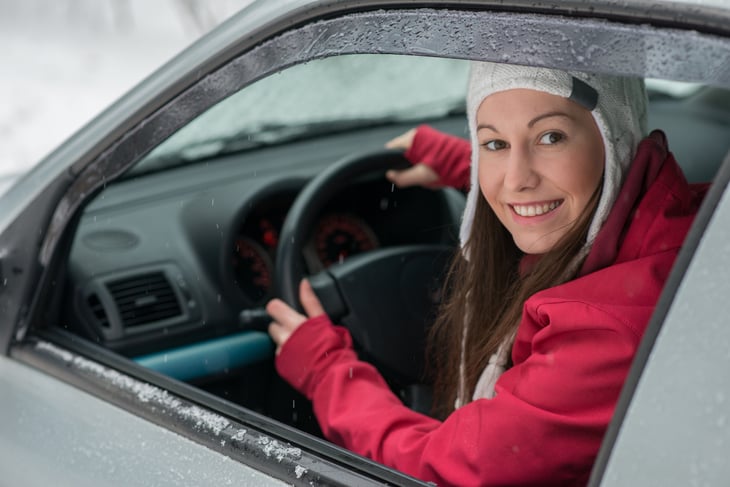
When rear-wheel-drive cars ruled the roads, it was common for people to weigh the back down with sandbags or put large amounts of snow in truck beds to boost traction.
- Problem: Most cars are now front-wheel-drive, so the excess weight generally does nothing except lift the front wheels off the pavement, which makes it difficult to steer.
- Solution: If you do weigh down a rear-wheel-drive vehicle, only use minimal amounts of extra weight. Otherwise, skip the extra weight.
13. Forget the fuel additives
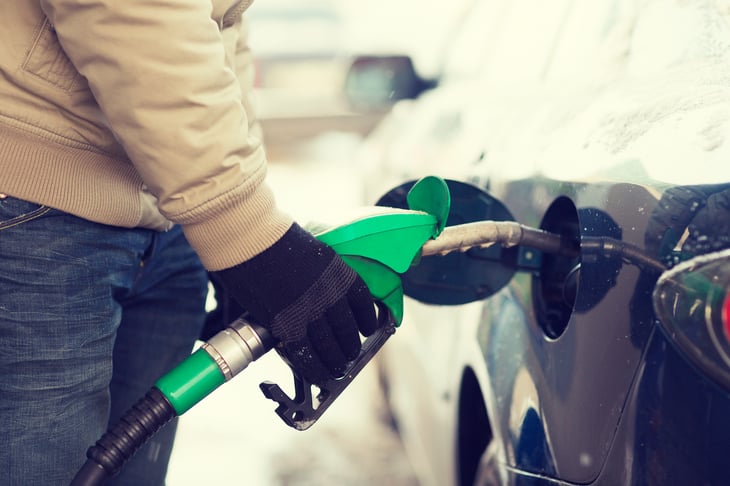
Many drivers buy and use fuel additives that are not needed.
- Problem: They waste your money and don’t solve any auto problems.
- Solution: Discuss additives with a trusted auto technician before adding.
14. Keep the lights low
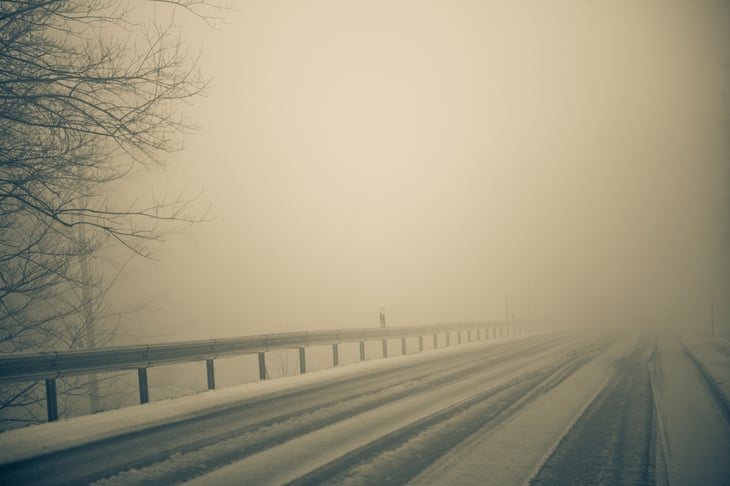
It’s tempting to switch on the high beams when fog descends and limits visibility.
- Problem: The light from high beams will be reflected back by heavy fog.
- Solution: Use your low beams, or if your car is equipped with fog lights or driving lights, use them instead. These lights are designed to project light down onto the road and illuminate roadside lines and barriers.
15. Invest in an emergency kit

We’ve all seen people stranded on the side of the road with no flares, signs or other equipment.
- Problem: You don’t know what to put in a kit.
- Solution: Buy one from AAA, Walmart or elsewhere. Or look at their kits and pack one yourself.
- Tip: It’s better to have an emergency kit you never use than to break down and wish you had one.
Do you have any fall and winter driving tips for safer or problem-free travel? Share with us in the comments section below or on our Facebook page.




Add a Comment
Our Policy: We welcome relevant and respectful comments in order to foster healthy and informative discussions. All other comments may be removed. Comments with links are automatically held for moderation.